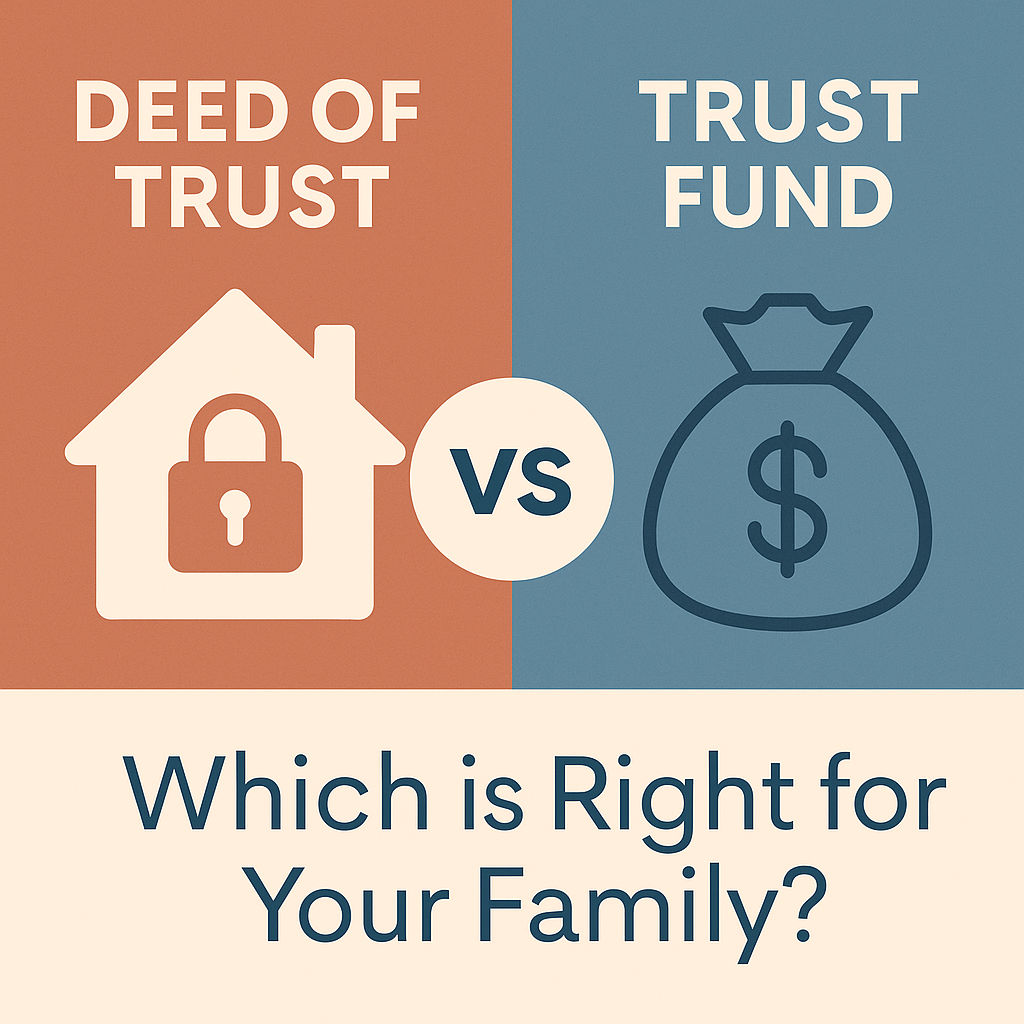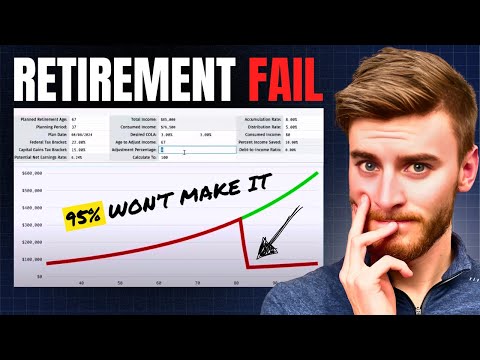Borrowing Against Your Whole Life Policy For Investments
BetterWealth
December 15, 2025
Understanding Control Cost and Rates of Return in Your Policy
In this video, we're actually going to do the control cost calculation on the whiteboard. We're going to talk about if you could borrow at five and you could earn a greater rate or a return than five, that would be a net positive. You're essentially using leverage, and your cash is still growing in your policy. It's going to do that regardless. Now your opportunity is creating a net value. Those two things together obviously are an amazing thing.
So when I make the statement, if I had the ability to borrow at five to earn seven, I would turn that down. You might be thinking, why? Well, the reason is, yes, I would make a rate return, but the opportunity costs of saying yes to a mediocre deal would take me potentially out from going all in or saying yes to an even greater deal.
I want you to take this all with a grain of salt because this is not a path to just say, hey, I need to borrow money to do certain things. We have to factor in things like:
- Risk
- Opportunity cost
- Other things such as unknowns
Just because mathematically, it might make sense, it might not make sense to you. So it's really important that you understand that. You really understand the opportunity cost of not having unlimited funds and making sure that you use your money in a powerful way.
For me personally, I don't take policy loans unless I have a firm belief that I can invest in a person, myself, or a business that creates massive rates of return. When I understand that and understand the risks associated with that, then it becomes an even no brainer. I don't even need to do a math equation like this, but you'll see how understanding the math behind control costs and rates of return will make you a better investor.
Now, let's answer the question, should you take a policy loan or not? One of the things that I want to do is just break down this equation. So when we're talking about should you use your policy, first of all, we have to ask a question, what is the investment? And so for this example, I'm just going to use 12%. Hopefully, this is obvious at this point. This is not investment advice. I'm not Dave Ramsey and saying that you can earn 12% in mutual funds. I'm just saying hypothetically, you can earn 12% in this investment.
Control Cost Calculation
Let's just say you use your policy. Now there's additional videos in this section where we're talking about third-party lending. Third-party lending is really strategic because you might use a bank and use their money instead of the insurance companies because it gives you better terms or cheaper money. And so this could even be better, but I'm just giving you the basic understanding of how to compare this and just generally how to compare the rates of return you would get if you used your policy.
- You look at the investment, you look at the control costs. Remember, control costs are the cost of controlling money. In this case, we'll say 5%.
- This equals 7. This is a 7% net gain.
- You divide it by 5%.
- When you do that, you get a number that's 1.4.
- Then you take that number 1.4, you multiply it by 100, which equals 140%.
Again, you could do this with anything, you could claim you made a 15% rate return, and other things, and you can see how the math works out again. The key considerations include:
- What is the risk associated with the investment?
- What is the likelihood of payout?
- What are the downsides?
- Can we be more efficient with the control cost?
If I can get the control cost in better terms—remember, cheaper money might not be better because life insurance gives you an unstructured loan. So there's value in not having to pay interest or having to pay any loan in a period of time. We have to factor all this in. This is a way for you to, on the back of an envelope, figure out for yourself how to analyze a deal and understand how to compute when we say 140%.
Hopefully, this makes sense. Again, everything that we do is helping us be better thinkers as it relates to using life insurance, using our 'And Asset.' I find that this just helps me as it relates to making decisions and understanding critically when I should use my policy and how I should use my policy.
Hey, if you want to learn more about the 'And Asset,' check out all the resources, including a 61-page handbook in the vault below.
.png)


